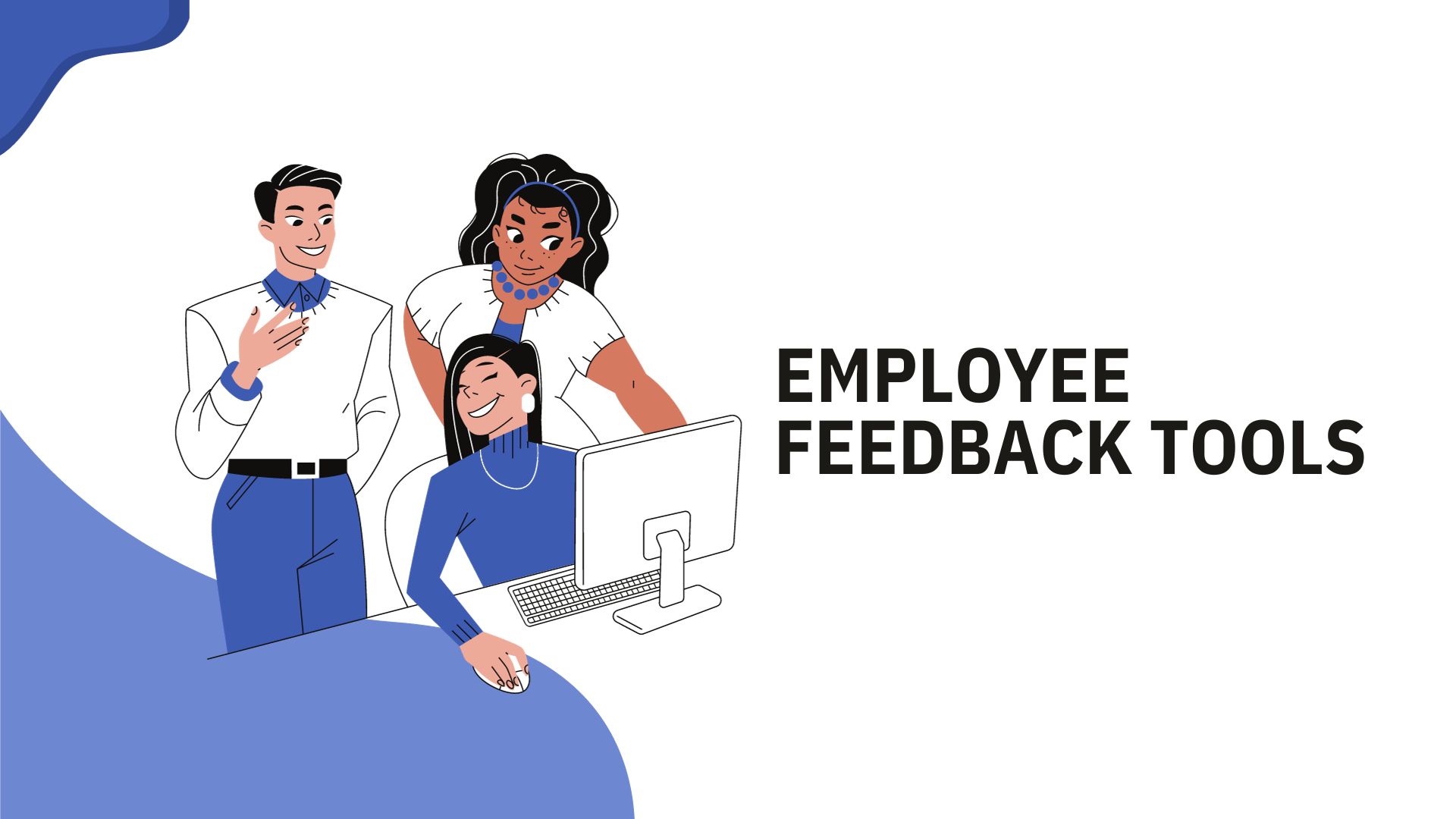IBM Closes Red Hat Acquisition Pledging to Keep Enterprise Software Separate
IBM announced on July 9 that it had formally closed its' largest acquisition ever, picking up enterprise Linux vendor Red Hat in a deal valued at $34 billion.
With the deal now done, questions about how IBM will handle Red Hat's enterprise application software portfolio and direction moving forward can now be officially answered. In a press conference, Arvind Krishna, SVP, Cloud and Cognitive Software at IBM and Paul Cormier, President Products and Technologies at Red Hat were peppered with questions about what will happen now.
Krishna said that Red Hat will remain neutral and will continue to work with its partners that might well be competitors to IBM.
“Red Hat product teams are going to make their decision on product plan, they're going to maintain how they work upstream, they're going to maintain their commitment on both how they contribute to open source and take from upstream projects for products that are downstream,” Krishna said.
Going a step further Krishna explained that Red Hat's sales teams will not be folded into IBM sales teams. In that model, there could be situation where IBM and its Red Hat subsidiary could be competing with other, though Krishna referred to the situation as being – coopetition. Additionally he emphasized that Red Hat sales people would not be compensated or incentivized to sell IBM products either.
Product Overlap
When it comes to product overlap there is only one primary area of concern – enterprise application middleware. Krishan noted that IBM doesn't have its own Linux distribution and it doesn't have a configuration management tool, like Red Hat Ansible either.
IBM does have its own expansive Java middleware business with WebSphere, while Red Hat has the rival JBoss platform. The plan moving forward is to keep both platform's alive. According to Kirshna, there are many organizations that use both JBoss and WebSphere.
“I think that we have to maintain both sets of products going forward, because a lot of clients are dependent upon them,” Kirshna said.
No Cost Synergies
In many acquisitions, there is some form of cost synergy and consolidation that takes place, by combining certain administrative operations and tasks. Krishna stressed that the Red Hat acquisition is not about achieving any cost synergies.
“We're not talking about layoffs,” Krishna said. “This acquisition is all about revenue synergy and growth going forward.”
Sean Michael Kerner is a senior editor at EnterpriseAppsToday and InternetNews.com. Follow him on Twitter @TechJournalist.

Sean Michael is a writer who focuses on innovation and how science and technology intersect with industry, technology Wordpress, VMware Salesforce, And Application tech. TechCrunch Europas shortlisted her for the best tech journalist award. She enjoys finding stories that open people's eyes. She graduated from the University of California.


